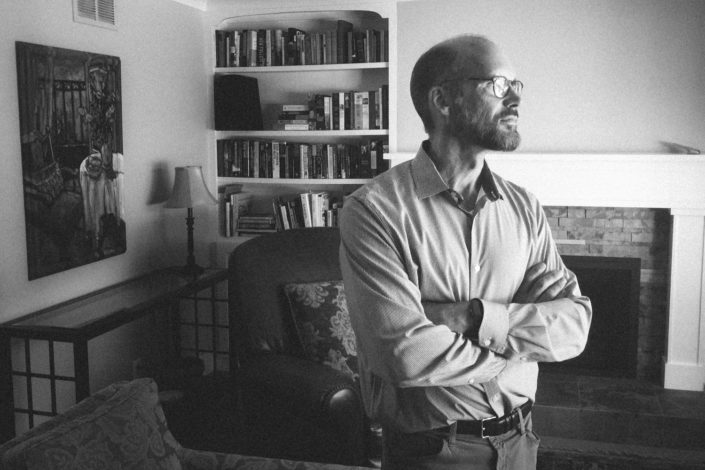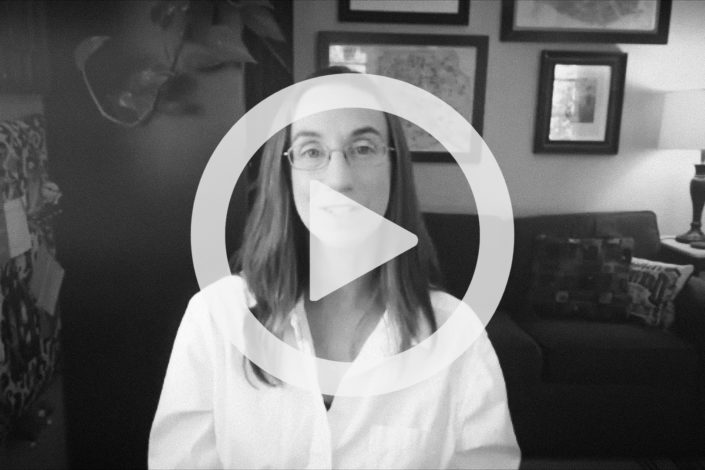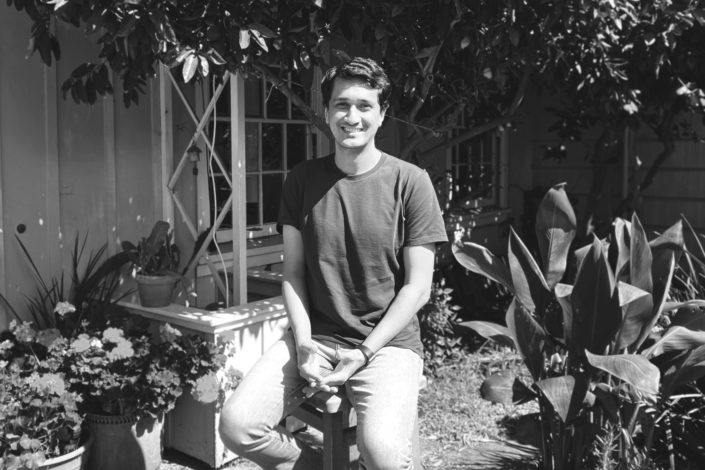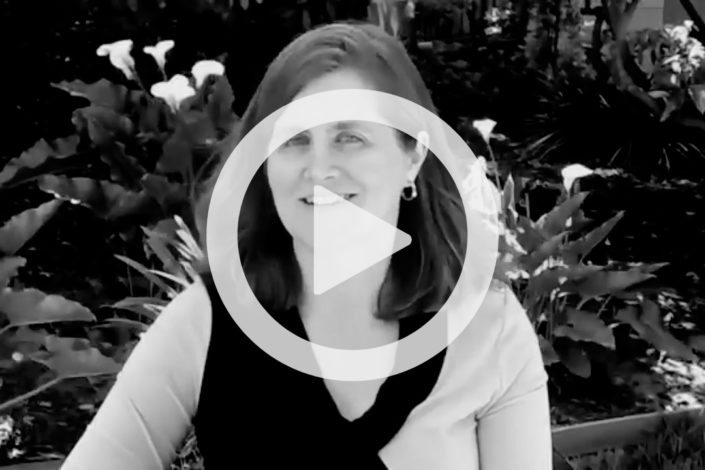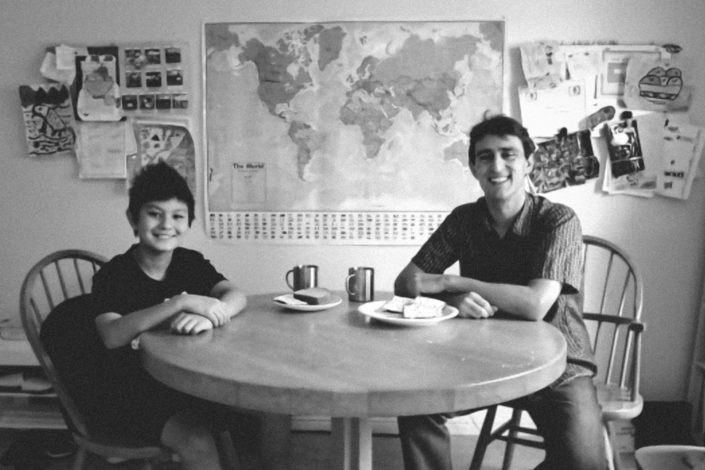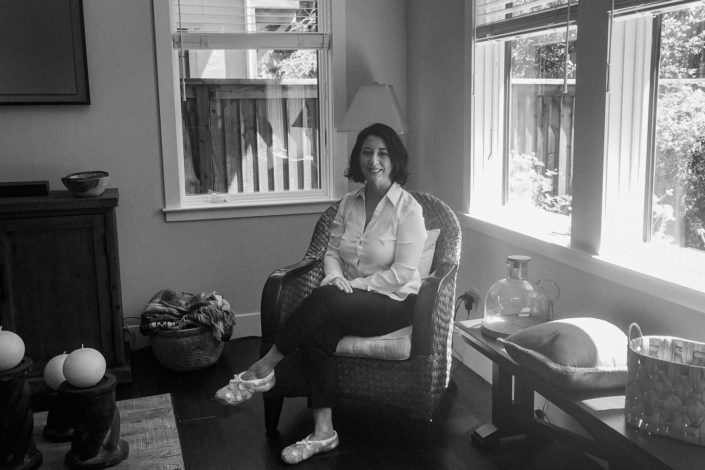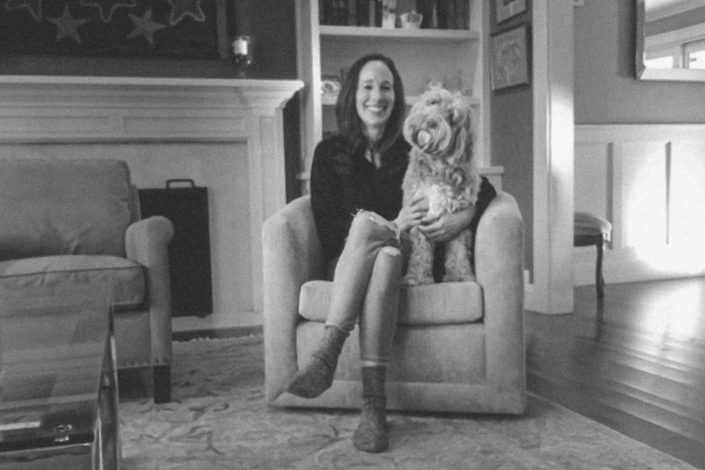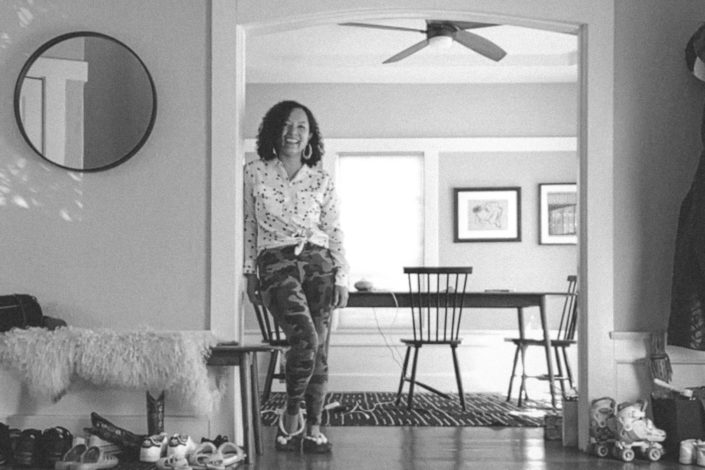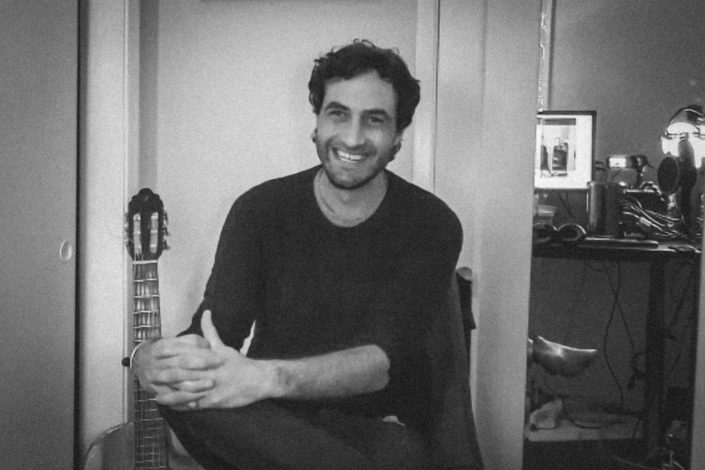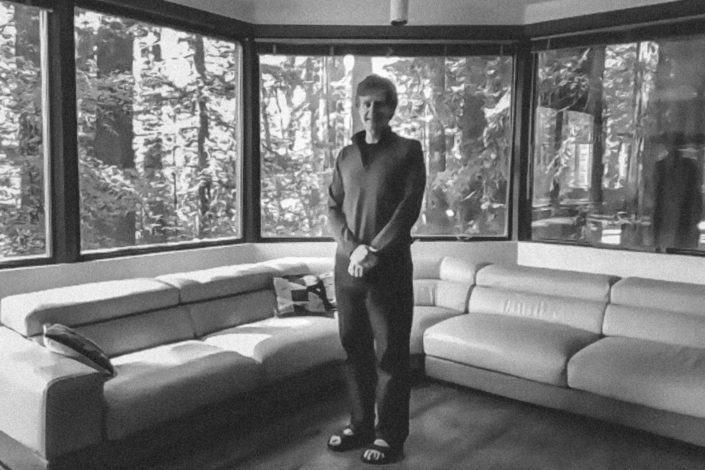Stanford faculty, students connect in their digital classrooms
In response to the novel coronavirus, instructors have had to transform their courses into digital classroom experiences. Here, Stanford faculty reflect on how they are engaging with students from a distance.
The challenges – and opportunities – of Stanford University’s move to fully-online learning have been enormous. Faculty and students find themselves faced with the daunting task of teaching, learning and connecting online while facing a global pandemic that has disrupted many aspects of their daily lives.
Some courses have lent themselves to a virtual environment, while other, more hands-on classes have required instructors to rethink how they can simulate the process of experimentation and discovery online.
In every case, instructors are learning they must confront new and different challenges – like being proactive about making sure students have the resources and emotional support they need as they attend class remotely from locations around the world.
In this series, Stanford instructors share the obstacles, surprising benefits and unexpected joys they’ve encountered while teaching online. The initial set of faculty reflections were published at the beginning of spring quarter 2020, and additional vignettes and testimonials will be added throughout Stanford’s COVID-19 response to reflect the evolving nature of this new educational reality.
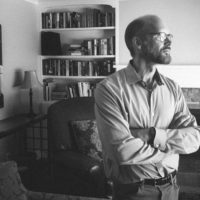
Christopher Beaulieu, professor of radiology
Beaulieu co-directs a clerkship in radiology and nuclear medicine for students in the School of Medicine. In this elective, students learn core concepts about interpretation of medical imaging studies and how to appropriately order studies on their patients. As a result of COVID-19, a new online version of this course was put together that was much shorter and much larger than ever before.
“Part of the strategy was to be very proactive in thinking about what’s going to happen in the fall, or after. So now we have a lot of material in the bank.”

Christina Hodge, academic curator and collections manager, Stanford University Archaeology Collections, Stanford Archaeology Center
Hodge teaches Museum Cultures: Material Representation in the Past and Present. As part of the course, students are creating a virtual exhibition of Maya and Aztec artifacts.
“Even though they’re not getting their hands physically on these objects, they’re really thinking about the social roles, relationships and impact that material culture has in the past and in the present.”
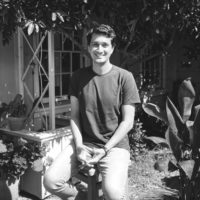
Kevin Chand, lecturer at the Stanford d.school
Chand co-teaches The Outlaw Ocean policy lab offered through Stanford Law School with Jim Leape, Janet Martinez and Annie Brett. He also co-teaches Oceans x Design through the d.school with Nadia Gathers, Eric Hartge and Erika Woolsey. The Outlaw Ocean is a policy lab that confronts a variety of challenges facing existing international maritime laws. Oceans x Design is an experiential course developed to apply human-centered design thinking toward ocean challenges.
“At the start of every class we use this virtual canvas for a ‘show and tell.’ Recently, students shared photos and images of items that sparked joy for them. It was cool to get to see these items rather than just hear what they were. The Oceans x Design class also has its own playlist. We start each class with an ocean-related song and play this music during breaks.”
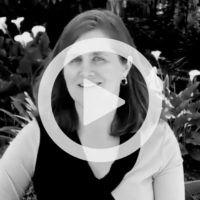
Kirsti Copeland, lecturer in religious studies and associate dean of student affairs in the School of Engineering
Copeland teaches a class called Building Heaven and Hell, which she describes as “the afterlife meets a city planner.” Students will use their imagination, and also some foam board, hot glue, craft knives, cutting mats, paints and paint brushes, to construct models of how heaven and hell was imagined in early Jewish and Christian thought.
“The idea behind the course is that you need to read these texts closely and pay attention to details that you might otherwise gloss over. I thought that if you had to build it, you would have to think really closely about that visual imagery and what you were actually seeing with your mind’s eye.”
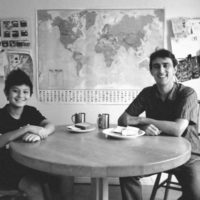
Ross Venook, lecturer in bioengineering and assistant director of engineering at Stanford Biodesign
Venook co-teaches Biodesign Innovation, a two-quarter course in which graduate students from medicine, engineering and business work in multidisciplinary teams to identify and solve real problems in health care by developing new digital or device-based technologies. His specialty is prototyping, an essential part of the early-stage design process for medical technologies that helps students gather data, generate new questions and evolve their solution concepts.
“I have a ‘big tent’ approach to prototyping. Even if you build a model out of cardboard or spend five minutes drawing what you think the technology will look like, you’re prototyping, from my perspective. It seems silly, just doing a quick sketch, right? But every time you do it, you learn something.”

Tiziana Vanorio, associate professor of geophysics
Vanorio teaches a lab course for undergraduate and graduate students where they learn how to measure properties of rocks and human-made geomaterials. Compared to in-person quarters, instruction this spring has relied more heavily on a virtual lab that Vanorio developed years ago as an educational tool.
“In shifting to online teaching, I’ve learned to go more slowly and I pose questions more frequently. This helps me interact with all of them more directly on Zoom and reinforces our relationships with each other.”

Tadashi Fukami, associate professor of biology
Fukami teaches a field biology course designed to give students hands-on experience at Stanford’s Jasper Ridge Biological Preserve. In a typical quarter, it is attended by 60 to 100 students, each visiting Jasper Ridge to observe and measure ecological samples of flower ecology and microbes. This quarter, the class will take advantage of the large datasets available from the previous 10 years of sample collecting.
“The data analysis [students] do this quarter can be actual, authentic research because in research nowadays – in biology, at least – the modern research involves a lot of large datasets and analysis of those.”
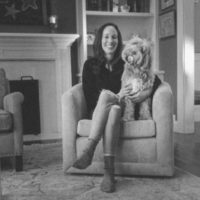
Amy Zegart, senior fellow at the Freeman Spogli Institute for International Studies and at the Hoover Institution
Zegart co-teaches the seminar for the CISAC Interschool Honors College program in International Security with Rod Ewing. In the extremely challenging program, seniors are expected to write an original piece of research on an international security topic that they present to the CISAC community at the end of spring quarter.
“It’s ironic that being so far apart can create more personal connections between people.”
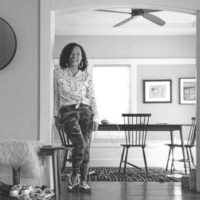
Debbie Senesky, assistant professor of aeronautics and astronautics
Senesky teaches an Introductory Seminar – a class designed for first-year undergraduates – about 3D printing in aerospace. In typical circumstances, her students would make 3D printed gliders and test them outside. In these very atypical circumstances, Senesky finds herself experimenting alongside them.
“It is nice to see that the students are excited to take the class, even though we’re in this unique situation. I think the key is for all of us to try to have fun and do our best. That’s all we can do in this situation.”

Chris Piech, assistant professor of computer science
Piech co-teaches an introduction to coding class with Mehran Sahami. This class is one of the largest courses at Stanford, but Piech believes it and its partner course, CS 106B, may break their enrollment records this quarter. The teaching teams for these courses – including dozens of section leaders – and additional colleagues are also volunteering to teach an abbreviated online introduction to coding course for the public.
“I know the heart of the Stanford student is so big and there’s so much desire to give back. We see ourselves as part of a bigger cause, part of a bigger community.”
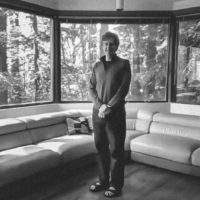
Chris Chafe, Duca Family Professor of Music
Chafe teaches the inaugural class of Internet Ensemble Tech Force, a course he created to support music ensembles during the pandemic. He will train students on low-latency audio collaboration technology and then pair them with ensembles interested in using it. Chafe welcomes students from all disciplines and those interested can sign up here.
“Sound travels through air, sound travels underwater and sound getting around on the internet has its own qualities.”

